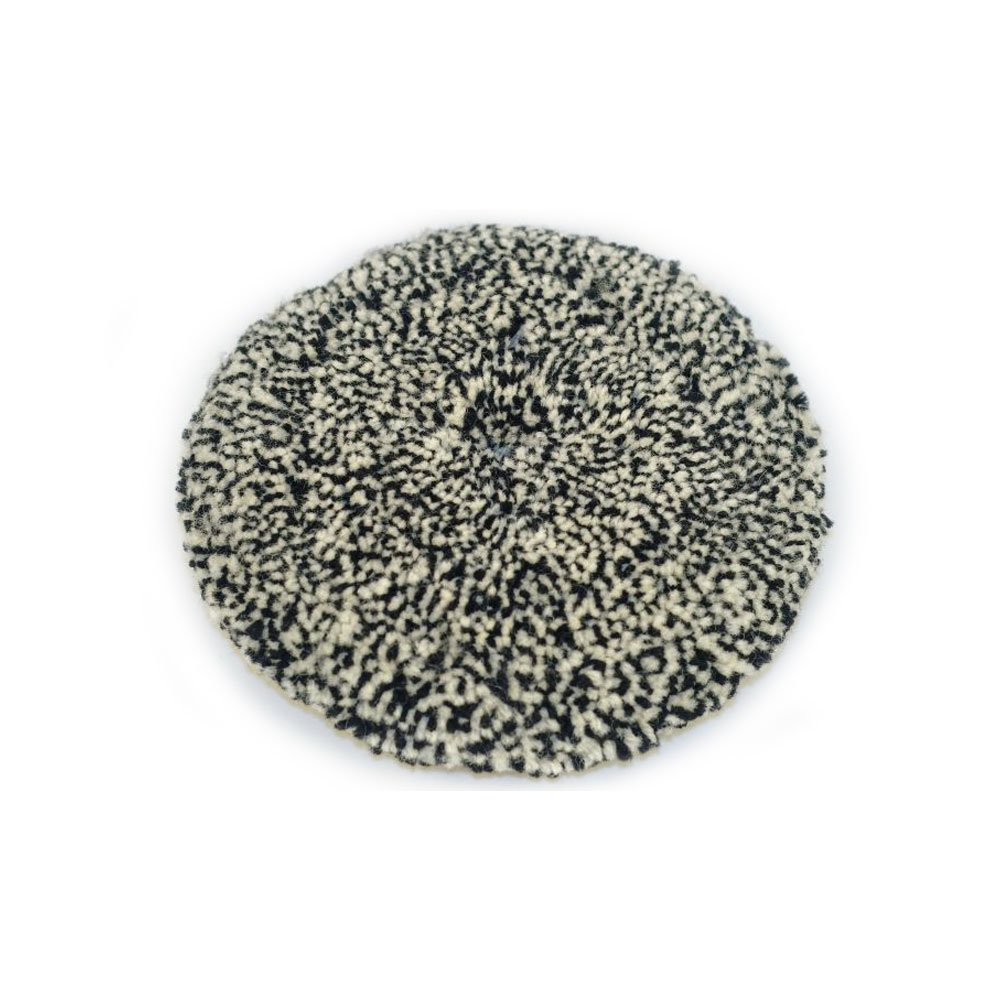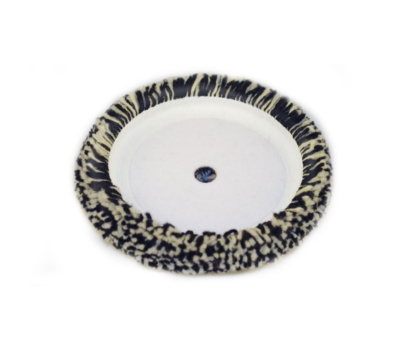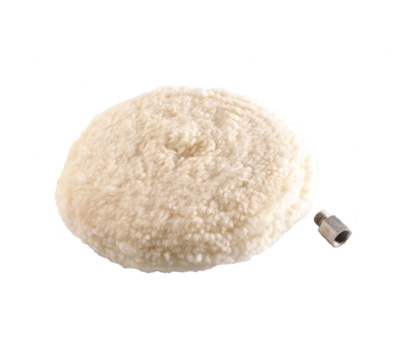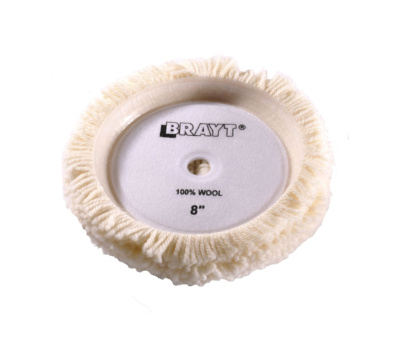The heads from the Long Life series are made of 100% premium natural sheep wool. They are characterized by high wear resistance – this means that the pad is more efficient than traditional furs, which means it can be used longer without the need for replacement.
It does not discolor – the product is resistant to discoloration, which means it will not leave stains on polished surfaces. Twisted strands – ensure consistent work across the entire surface without the risk of surface damage. Larger diameter and maximized fiber density – this product provides a larger polishing surface and optimal performance. Flexible base and soft rounded edges – facilitate work on highly profiled surfaces.
An ideal tool for polishing tool coatings, PU varnishes, and lacquers.
| Size | Color | Polishing heads recommended attachment | Code |
|---|---|---|---|
| ∅ 230 mm | white - black | Requires M14 thread mounting, not included | 300010152 |

| Dedicated polishing paste | recommended | optional |
|
|

One-sided heads from the Long Life series are made of 100% premium natural sheep wool.

Double-sided polishing wool is made from 100% natural wool. Ideal for removing scratches and mates

One side polishing wool made from 100% natural wool. Ideal for removing scratches and mates
If the scratches are not deep, then we can renew the scratched side by polishing with Sea-Line polishing pastes. Above the waterline, when the scratches are not deep, the surface can be repaired with a DRY FAST gel coat filler. Deep scratches should be filled with epoxy filler (selected depending on the requirements of the scratched surface), painted with a primer and then painted with topcoat.